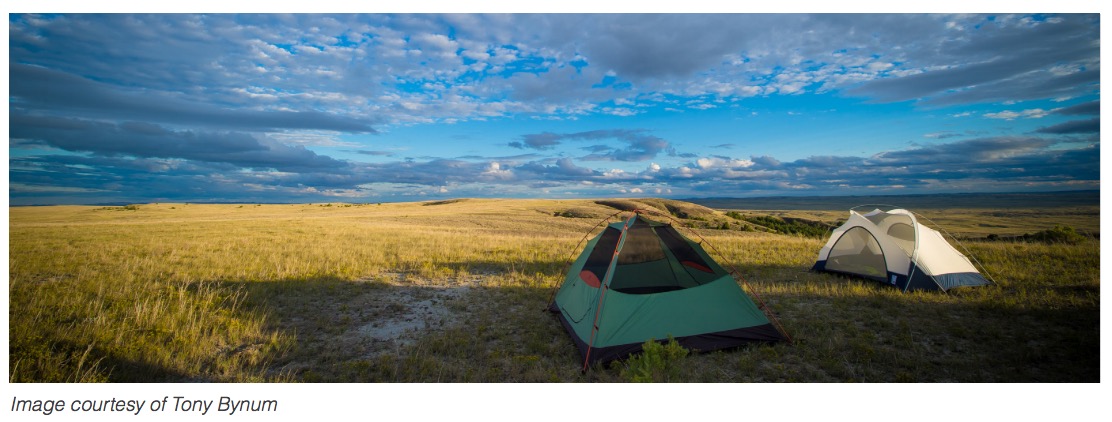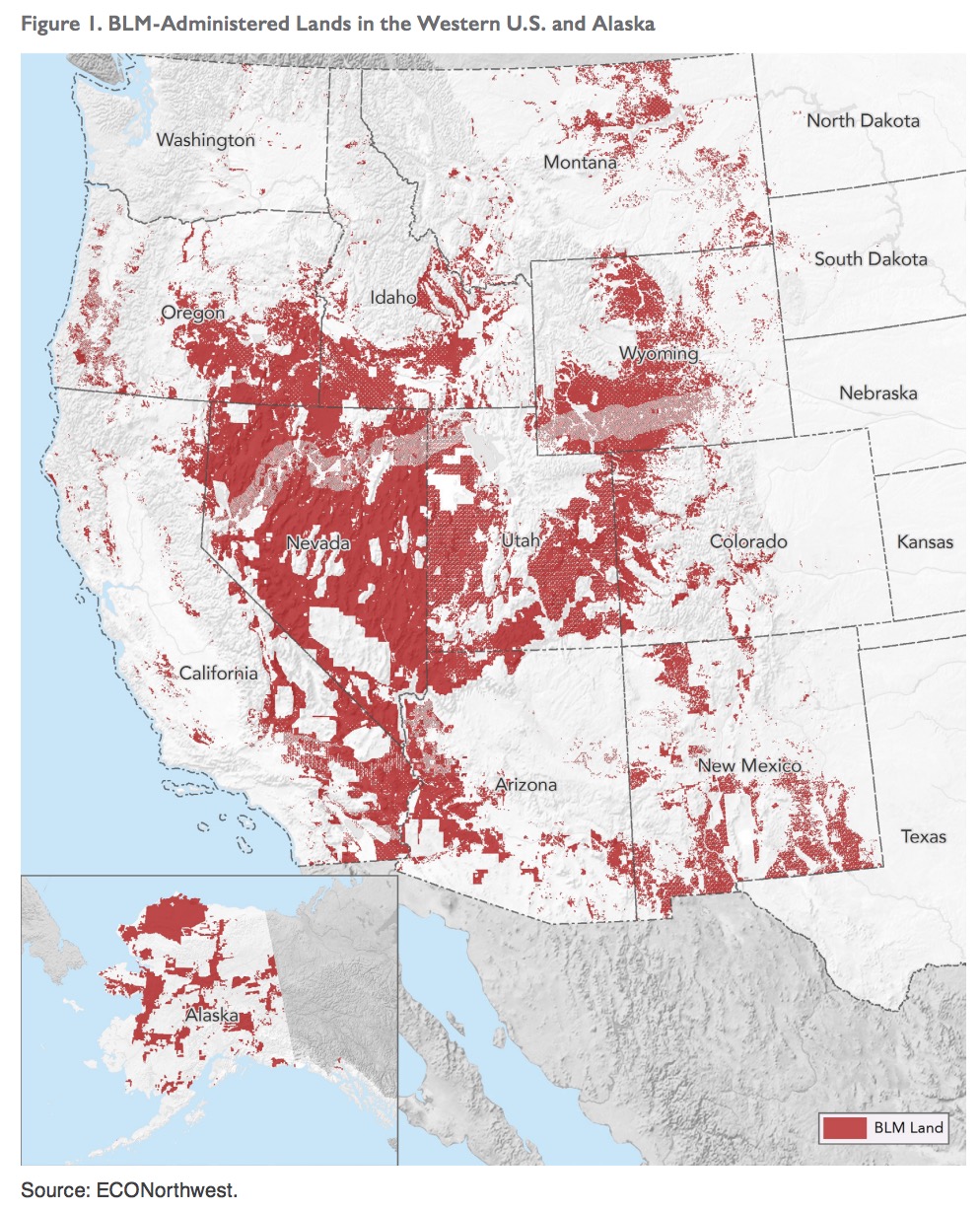THE PEW CHARITABLE TRUSTS
Executive Summary
Public lands managed by the Bureau of Land Management (BLM) in the western United States and Alaska provide a wealth of recreational opportunities to visitors. These range from camping, hiking, and hunting to off-highway vehicle use (OHV), boating, and snowmobiling.
In this report we distinguish between “quiet” and “non-quiet” recreational activities. We use the term “quiet recreation” to refer to recreation that generally does not involve significant use of motorized equipment—aside from any transportation to-and-from the recreation sites.
Recreation visitors make expenditures in communities near BLM-managed lands in conjunction with day trips and overnight stays. These expenditures stimulate additional economic activity, supporting incomes and economic output in those local communities and elsewhere.
In this report, we present the results of our analysis of the overall economic contribution of quiet recreation on BLM lands in 11 western states and Alaska in 2014. Our analysis begins by identifying the amount of quiet recreation that occurred on BLM lands in 2014. We analyze the BLM recreation data in light of more detailed data on the characteristics of recreational visits to national forests so that we can utilize activityspecific spending information. Then, we rely on standards methods to estimate the spending associated with quiet recreation in communities nearby BLM lands—and the ripple effects of that spending throughout each state and across the U.S.
Across all lands the BLM manages throughout the U.S., the BLM calculates there were over 61 million recreational visits and over 62 million visitor days in 2014. The bulk of this visitation occurred in the western U.S. and Alaska, with over 60 million visits to these BLM lands and over 62 million visitor days in 2014.
We calculate that in 2014 quiet recreation activities accounted for approximately 36 million visitor days (58 percent of all visitor days) and 38.5 million visits (63 percent of all recreation visits) to BLM lands in the western U.S. and Alaska.
We calculate that quiet recreation visitors to these BLM lands spent approximately $1.8 billion within 50 miles of the recreation sites in 2014. These expenditures resulted in overall contributions to the U.S. economy of approximately $800 million in personal income, $1.54 billion in value-added, economic output of over $2.8 billion, and nearly 25,000 jobs.
The results represent only the spending-related economic effects of quiet recreation trips. The estimates in this study include trip spending that occurred within 50 miles of the BLM recreation sites. They do not include, for example, spending on gear or equipment that occurred prior to the trip or outside of 50 miles of the BLM sites. They also do not capture the economic value to recreational visitors or others who benefit from the range of goods and services that may be associated with or supported by quiet recreation opportunities on BLM-managed lands.
Introduction
Public lands managed by the Bureau of Land Management (BLM) in the western United States and Alaska provide a wealth of recreational opportunities to visitors. These range from camping, hiking, and hunting to off-highway vehicle use (OHV), boating, and snowmobiling. The BLM reports annually on the recreation occurring on the public lands it manages. It distinguishes between land-based, water-based, and snow-and-ice-based activities.
In this report we categorize recreational activities more broadly into “quiet” and “non-quiet” activities. We use the term “quiet recreation” to refer to recreation that generally does not involve significant use of motorized equipment—aside from any transportation to and from the recreation sites. The analysis in this report may help inform planning processes involving quiet recreation activities on BLM lands.
Recreation visitors make expenditures in communities near BLM-managed lands in conjunction with day trips and overnight stays. These expenditures stimulate additional economic activity, supporting incomes and economic output in those local communities and elsewhere.
The Pew Charitable Trusts commissioned ECONorthwest to describe the economic contribution of quiet recreation on BLM-managed lands in the western United States and Alaska. Our analysis begins by calculating the amount of quiet recreation that occurred on BLM lands in 2014. Then, we estimate the spending associated with such recreation in communities nearby—and the ripple effects of that spending throughout each state and across the U.S.
Download full version (PDF): Quiet Recreation on BLM-Managed Lands – Economic Contribution 2014
About the Pew Charitable Trusts
www.pewtrusts.org
From its first day in 1948, Pew’s founders steeped the new institution with the entrepreneurial and optimistic spirit that characterized their lives. As the country and the world have evolved, we have remained dedicated to our founders’ emphasis on innovation. Today, Pew is a global research and public policy organization, still operated as a non-partisan, non-governmental organization dedicated to serving the public.
Tags: BLM, Bureau of Land Management, National Parks, Pew Trusts, Public Lands, The Pew Charitable Trusts








 RSS Feed
RSS Feed